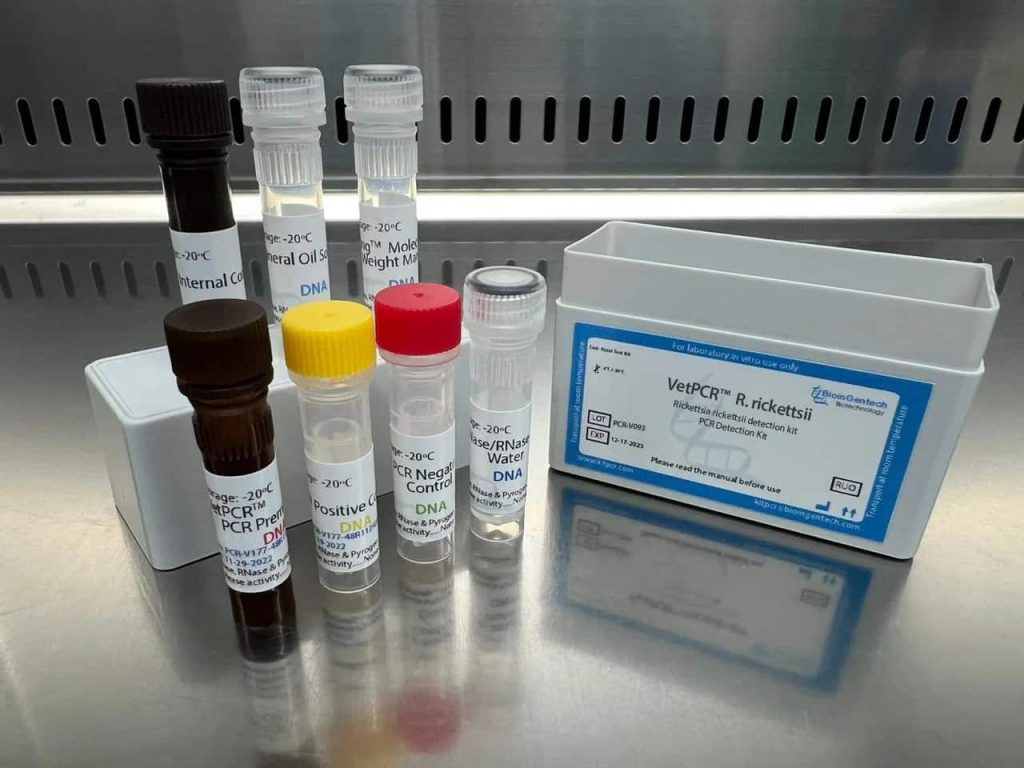Epidemic typhus, also known as louse-borne typhus, is a serious and potentially fatal infection caused by the bacterium Rickettsia prowazekii. Historically linked to poverty, war, and overcrowding, epidemic typhus remains a significant public health concern in certain parts of the world.

Rickettsia prowazekii: The Causative Agent of Epidemic Typhus
Rickettsia prowazekii is an obligate intracellular bacterium, meaning it can only survive and replicate within the cells of a host. This bacterium is primarily transmitted to humans through the body louse, Pediculus humanus corporis.
Epidemic Typhus: Transmission
The cycle of epidemic typhus transmission involves humans and body lice:
- Infection of the louse: Body lice become infected when they feed on the blood of a person with acute epidemic typhus.
- Bacterial replication: Rickettsia prowazekii multiplies within the gut cells of the louse.
- Transmission to humans: Infected lice excrete Rickettsia prowazekii in their feces. Humans become infected when they scratch the louse bite, allowing the bacteria in the louse feces to enter through the broken skin. Inhaling infected louse feces can also lead to infection, although this is less common.
Epidemic Typhus: Symptoms
The symptoms of epidemic typhus typically appear abruptly about 1-2 weeks after exposure to infected lice. Common symptoms include:
- High fever (102-104°F or 39-40°C)
- Severe headache
- Chills
- Muscle aches
- Rash: A distinctive rash, typically starting on the trunk and spreading to the limbs, appears a few days after the fever begins.
- Confusion and delirium
- Cough
- Abdominal pain
- Hypotension (low blood pressure)
Epidemic Typhus: Focusing on Prevention
Prevention of epidemic typhus centers on eliminating body lice and reducing the risk of exposure:
1. Personal Hygiene:
- Regular bathing and showering: Maintaining good hygiene helps to prevent the establishment of body lice infestations.
- Washing clothes and bedding: Wash clothes and bedding in hot water (at least 130°F or 54°C) to kill lice and their eggs.
- Regular inspection for lice: Individuals living in or traveling to areas where epidemic typhus is endemic should check themselves and their clothing regularly for signs of lice infestation.
2. Louse Control:
- Insecticides: Using insecticides specifically designed for lice, as recommended by healthcare professionals or public health officials.
- Delousing procedures: Healthcare settings dealing with typhus outbreaks might need to implement delousing procedures for patients, staff, and contaminated materials.
MedicW Recommendations: Medical Consumables for Epidemic Typhus Prevention and Management
- Protective Apparel: MedicW supplies disposable protective clothing for healthcare workers to prevent louse infestations during patient care. This includes gowns, gloves, and masks.
- Sampling Swabs: MedicW’s sterile sampling swabs are crucial for collecting specimens for laboratory testing to confirm the diagnosis of epidemic typhus.
- Disinfectants: We provide hospital-grade disinfectants effective in killing Rickettsia prowazekii on surfaces, equipment, and contaminated materials.
Epidemic Typhus Treatment
Early diagnosis and treatment of epidemic typhus are essential for preventing serious complications and fatalities. The primary treatment is antibiotics:
- Doxycycline: This is the preferred antibiotic for treating epidemic typhus, generally administered for 7-10 days.
- Chloramphenicol: This antibiotic may be used as an alternative in certain situations, such as in pregnant women or individuals with allergies to doxycycline.
Rickettsia prowazekii: FAQs
1. Is epidemic typhus contagious?
Answer: Epidemic typhus is contagious but spreads through the body louse, not through direct person-to-person contact.
2. What are the long-term effects of epidemic typhus?
Answer: Most individuals fully recover from epidemic typhus with appropriate antibiotic treatment. However, severe cases can lead to complications such as kidney failure, heart damage, and neurological problems.
3. Where is epidemic typhus found?
Answer: Epidemic typhus is primarily found in regions with poor sanitation, limited access to healthcare, and overcrowding, particularly in mountainous regions of Africa, Asia, and South America.
4. How is epidemic typhus diagnosed?
Answer: Laboratory tests, such as blood tests (serology) or polymerase chain reaction (PCR), are used to confirm the diagnosis of epidemic typhus.
5. What should I do if I think I might have epidemic typhus?
Answer: If you develop symptoms suggestive of epidemic typhus, especially if you have been in an area where the disease is known to occur, seek medical attention immediately.
6. Can epidemic typhus be prevented with a vaccine?
Answer: Currently, there is no widely available vaccine for preventing epidemic typhus.
Rickettsia prowazekii: Conclusion
Epidemic typhus, caused by Rickettsia prowazekii, remains a significant public health challenge, particularly in resource-limited settings. Understanding its transmission, recognizing the symptoms, and implementing effective louse control measures are crucial for preventing outbreaks and minimizing the impact of this potentially fatal disease.
MedicW plays a vital role in providing essential medical consumables that aid in the diagnosis, treatment, and prevention of epidemic typhus. We are committed to supporting healthcare professionals and public health efforts in combating this challenging infectious disease.
We encourage everyone:
- To be aware of the risk factors for epidemic typhus.
- To practice good hygiene, especially in areas where lice infestations are common.
- To seek medical care immediately if you develop symptoms of epidemic typhus.
By working collaboratively, implementing appropriate control measures, and providing prompt access to treatment, we can work towards eradicating this preventable infectious disease and safeguarding public health.
MedicW is committed to being your trusted partner in providing high-quality medical consumables. Explore our comprehensive range of products and discover how we can support your healthcare needs. Visit us at medicw.com or contact our team at [email protected].
Link to this article: Rickettsia prowazekii and Epidemic Typhus
